Odds & Ends: Strixhaven, Part 1
I like to do a mailbag column or two for each set to answer some of your questions about it. Today, I answer your questions about Strixhaven: School of Mages. Here's the tweet I posted:
It's time for me to write a mailbag column about #MTGKStrixhaven. Please keep your questions about Strixhaven to a single tweet, one question per tweet. Thanks. #WotCStaff
— Mark Rosewater (@maro254) April 2, 2021
As always, I'll try to answer as many questions as I can, but here's why I might not answer your question:
- I have an allotted word count, which means that there are only so many questions I can get to.
- Someone else might have asked the same question. I will usually answer the first person who asks.
- Some questions I either don't know the answer to or don't feel qualified enough in the area to answer properly.
- Some topics I'm not allowed to answer for all sorts of reasons, including previews for future sets.
That said, on with the questions:
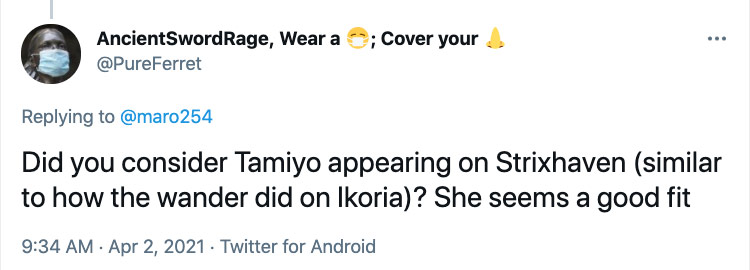
We want to be careful about how often we do Planeswalker cameo appearances as fans of that particular character get grumpy when they show up but don't get a card. The Wanderer has a specific gimmick (she's forced to keep planeswalking) that justifies her showing up occasionally.
As for why Tamiyo couldn't be in the set and get a planeswalker card, we need to color balance our planeswalkers each set, and Strixhaven already had two blue planeswalkers that are both essential to the story, Kasmina and Will.
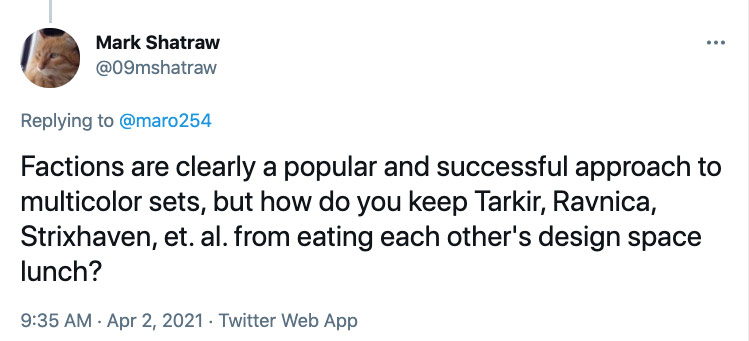
The secret to doing new faction sets is making sure that those factions have an overall identity that's cohesive to the world they appear on. Because Ravnica was the first "modern" faction set, we had the freedom to just pick all the low-hanging fruit and have every two-color combination do the thing they were most known for. Yes, they're all guilds, but there isn't a much larger structure tying them together.
Post-Ravnica faction sets must create a larger identity for the structure that allows factioning. For example, Strixhaven's factions are about instants and sorceries mattering and have a school motif giving them a unique flavor. This just means the bar for faction sets has gone up and requires a lighter touch. Gone are the days where the colors alone are the identity.

There's only so much space, and we decided to use Strixhaven to allow some other red creature types, like Dwarves, Orcs, and Efreets, a chance to shine. Also, Lorehold had a Spirit tribal component, so a bunch of red and red-white cards needed to be Spirits.
I get that leaving out Goblins makes Goblin fans unhappy, but it allowed us room to make fans of different creature types happy. We find mixing creature types up from set to set tends to make the larger Magic community more satisfied as a whole, because everyone gets the thing they love some of the time.
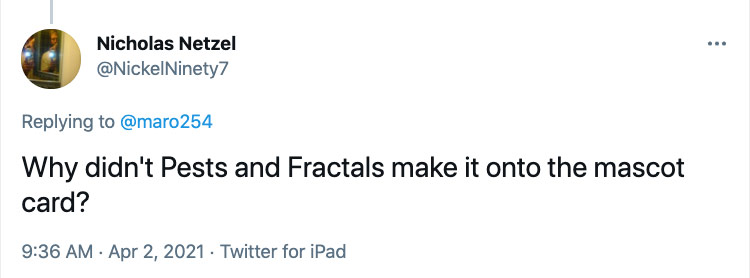
This question is about the card Mascot Exhibition.
There are two main reasons. One, it would require the card to be even more expensive, and a card with a converted mana cost of 7 is already hard to play. Two, there are text space concerns, and Pests and Fractals require the most text support—Pests because they have a whole line of rules text, and Fractals because you must define how big they are (how many +1/+1 counters they get), and all the Fractal cards involve a different variable.
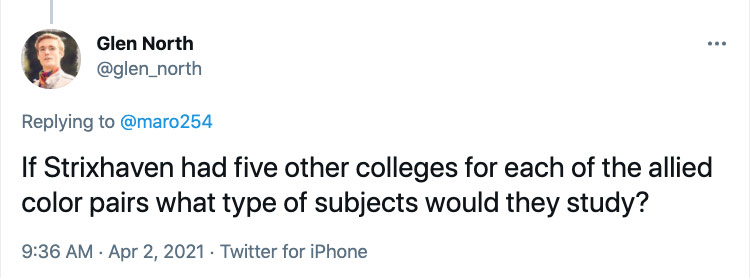
Whenever you're designing something, you must decide whether you're leaving room for future designs. If you are, you specifically keep areas untouched, allowing a future design team to use them. If you aren't, you don't worry about saving future design space. Strixhaven was designed to be the latter.
We have no plans to make an ally color university. We deeply mined the top-down material to define the five colleges, and I think trying to create another whole school that feels distinct from Strixhaven would be somewhere between very hard and impossible.
That said, we did do a lot to give hints of the larger world, so a return to Arcavios could be about more than just Strixhaven. Would that thing have ally colors? My gut says no. Not every two-color faction set has to have factions for all ten combinations. For example, the shards of Alara are just the arc combinations, and the clans of Tarkir are just the wedge combinations.
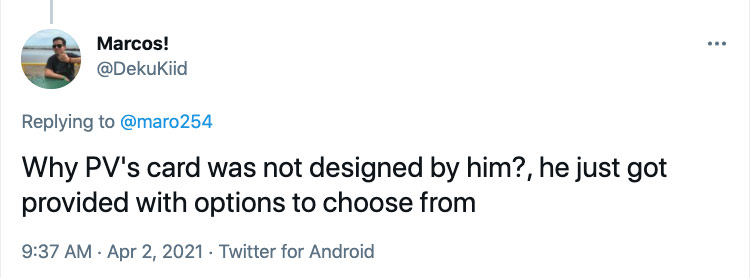
Many, many years ago, I was trying to come up with a cool event that The Duelist (a magazine Wizards used to produce about Magic) could sponsor. We didn't have much of a budget, so we had to find creative solutions. Magic didn't have an all-star game, so I came up with The Duelist Invitational, later changed to the Magic Invitational. A tournament with a small number of high-profile players was financially much easier to run. Likewise, I had to get creative with a desirable, but inexpensive, prize, so I came up with the ability for the winner to design their own card. It was something unique, cool, and, most importantly, basically free.
The Invitational ran for eleven years and created eleven cards. When we printed the first card (Avalanche Rider—Darwin Kastle made it for winning the second Invitational. Ollie Rade, the winner of the first Invitational, got his card later), I was able to get Darwin's picture on it because of a weird quirk of fate; I did the card concepting for Urza's Legacy. That set the standard, and putting the winner's picture on the card just became a thing we did.
The Invitational ended and, along with it, so did the Invitational card. Players often said that they missed it, so several years ago, we decided to bring back a modified version of it. The thing that players seemed most fond of was the fact that it had the player's picture on it. Who designed it was kind of invisible to the players. In fact, many of the Invitational cards weren't designed by the player but by me. I always worked with the player to create something that they enjoyed and matched their style of play, but we found that we most often got better designs if we left the design work to the designers.
The new World Championship cards function the same way. We work with the player to create a card they're happy with, but we do the work of crafting the design.
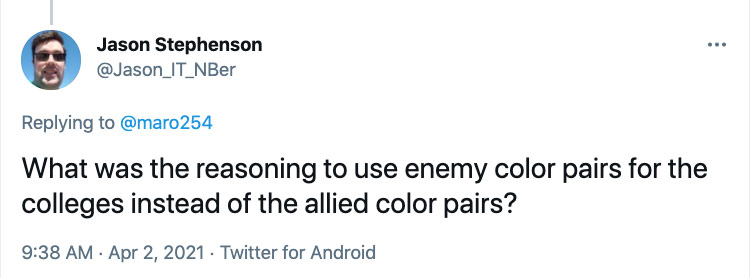
Removing the Ravnica sets from the mix, which deal with all ten two-color pairs, here's how ally and enemy color pairs have fared in getting sets focused on them:
Sets that focus on ally color combinations:
Legends (1994)
Ice Age (1995)
Invasion (2000)
Planeshift (2001)
Shadowmoor (2008)
Dragons of Tarkir (2015)
Unstable (2017)
Sets that focus on enemy color combinations:
Apocalypse (2001)
Eventide (2008)
Ally color combinations have over three times as many sets dedicated to them. In addition, there hasn't been an enemy color set since 2008 (thirteen years ago) or a traditional gold enemy color set since 2001 (twenty years ago). In short, it was time.
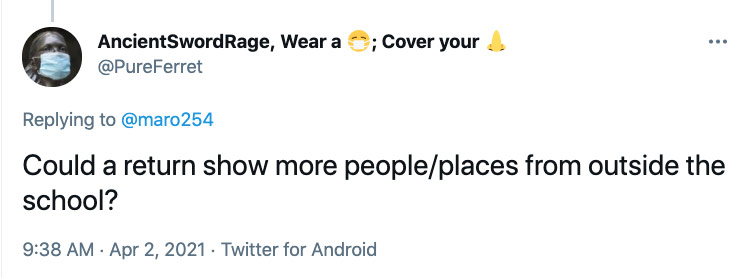
While Strixhaven is mainly focused on the university, the Creative team made sure to give hints about the rest of Arcavios, allowing us to get a sense of the larger plane. This does set us up for a return to show off more of the world outside of Strixhaven.
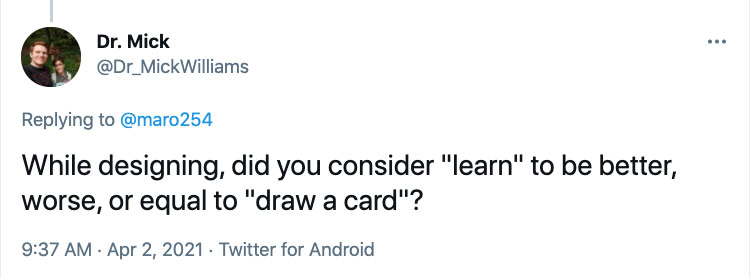
As this is a little out of my area of expertise, I asked Yoni Skolnik, the lead set designer for Strixhaven. Here's what he said:
"In a general sense, worse. Many of the learn cards are ones we've decided we wouldn't print if you replace learn with 'Draw a card.' Drawing is always great, while taking advantage of learn requires more thought in your drafting and deck building. That said, once you've paid that deck-building cost, you'll find plenty of situations where learning feels stronger than drawing a card."
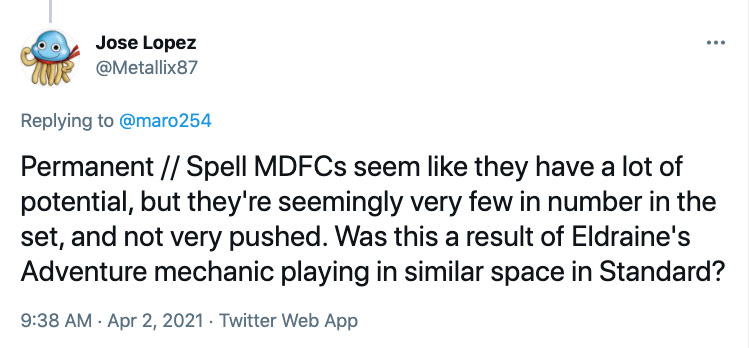
When Strixhaven was first given a slot in the upcoming multiyear set schedule, the plan was to have it focus heavily on modal double-faced cards (MDFCs), most of which would have a permanent on one side and an instant or sorcery on the back.
Years later, Adventures get added to Throne of Eldraine, and it forced us to rethink how Strixhaven was going to work. The knowledge that Strixhaven couldn't lean as heavily on MDFCs as I originally planned was part of my decision to recommend stretching the MDFCs across the three sets. I do know that the Strixhaven team was conscious of trying to make permanent/spell MDFCs feel different from what we would make as an adventure.

We knew early that the set was going to have a mono-black planeswalker slot, and the initial penciling of Planeswalkers did have Davriel in that slot, but once we came up with the idea that this was where Liliana was hiding out disguised as a different person, we quickly made the change. Other than that, we didn't really consider another Planeswalker professor as we already had two with Liliana and Kasmina.
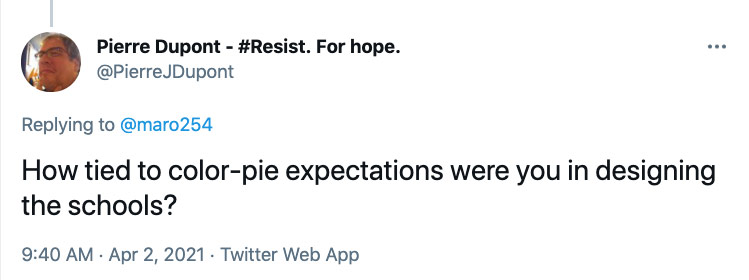
The colors have the abilities they have access to. Sure, we can bend a little, but you can't build a multicolor faction around things the colors can't do. That said, each color has access to a lot of different abilities, so it's possible to play up some and play down others.
The biggest impact in picking what the colleges did was not the color pie (other than we had to stay in it), but the act of capturing the top-down flavor of the school while being careful to stay away from the respective guild.
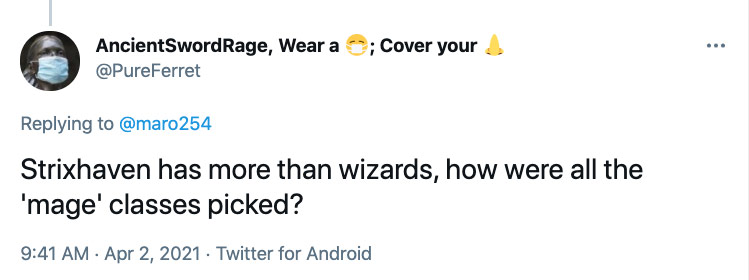
Since Throne of Eldraine, Magic has had five magic-casting creature types: Cleric, Druid, Shaman, Warlock, and Wizard.
During vision design, we talked about breaking up the creature types by college, but there wasn't a great fit. Clerics being white-black and Wizards being blue-red made a lot of sense, but the rest didn't fit in quite as neatly. Witherbloom made sense as Druid, but then Warlock was left out of both black colleges. If Witherbloom was Warlock, it required Lorehold to be Shaman, which was fine for red but odd in white; and Quandrix being Druid was fine in green but odd in blue.
In the end, the Creative team decided to divide up the five creature types by color. White got Cleric, blue got Wizard, black got Warlock, red got Shaman, and green got Druid. This means that each college has two spellcasting creature types: Silverquill, Clerics and Warlocks; Prismari, Wizards and Shamans; Witherbloom, Warlocks and Druids; Lorehold, Shamans and Clerics; and Quandrix, Druids and Wizards.
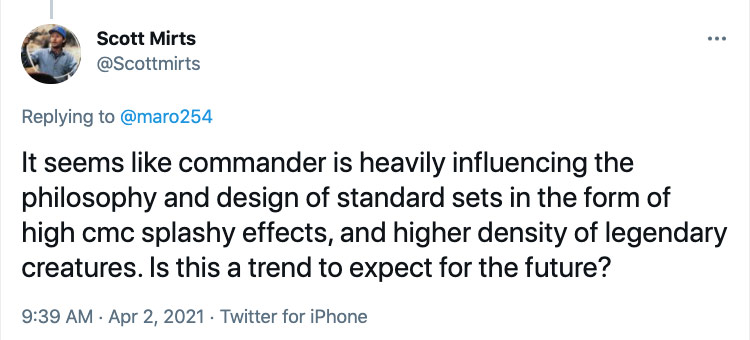
You'll notice that I've stopped referring to the non-supplemental sets as "Standard legal" and am now calling them "premier" sets. The reason for this is a change of philosophy about how R&D sees the main releases. They are no longer just focused on Standard (and Limited) but are instead trying to keep mindful of all the major formats seeing play.
As the data implies Commander is currently the most played format (discounting "playing what I own at the kitchen table" as a format), we want to make sure that each premier set has cards that are well suited to it. So yes, I think you can call this a trend for the future, although the amount of the various elements will ebb and flow from set to set, depending on the needs of that set.
Class Dismissed
That's all the time I have for questions today. Thanks to everyone who took the time to ask a question. If you enjoy asking me questions, I do this sort of thing every day on my blog, Blogatog. As always, I'm eager for any feedback on any of my answers or on Strixhaven in general. You can email me or contact me through any of my social media accounts (Twitter, Tumblr, Instagram, and TikTok).
Join me next week as I answer more of your Strixhaven questions.
Until then, may you keep asking questions.
#829: Dark Ascension with Tom LaPille
#829: Dark Ascension with Tom LaPille
30:09
I sit down with former Magic designer Tom LaPille to talk about the design of Dark Ascension.
#830: 2016
#830: 2016
30:04
This podcast is another in my "Twenty Years, Twenty Podcasts" series (which has become more and more misnamed as I've done more of them) that walks through each year of Magic in detail. In this podcast, I talk about the year 2016 in Magic.
- Episode 828 What's More Likely?
- Episode 827 Zendikar with Matt Place
- Episode 826 Legendary Artifacts, Part 2

